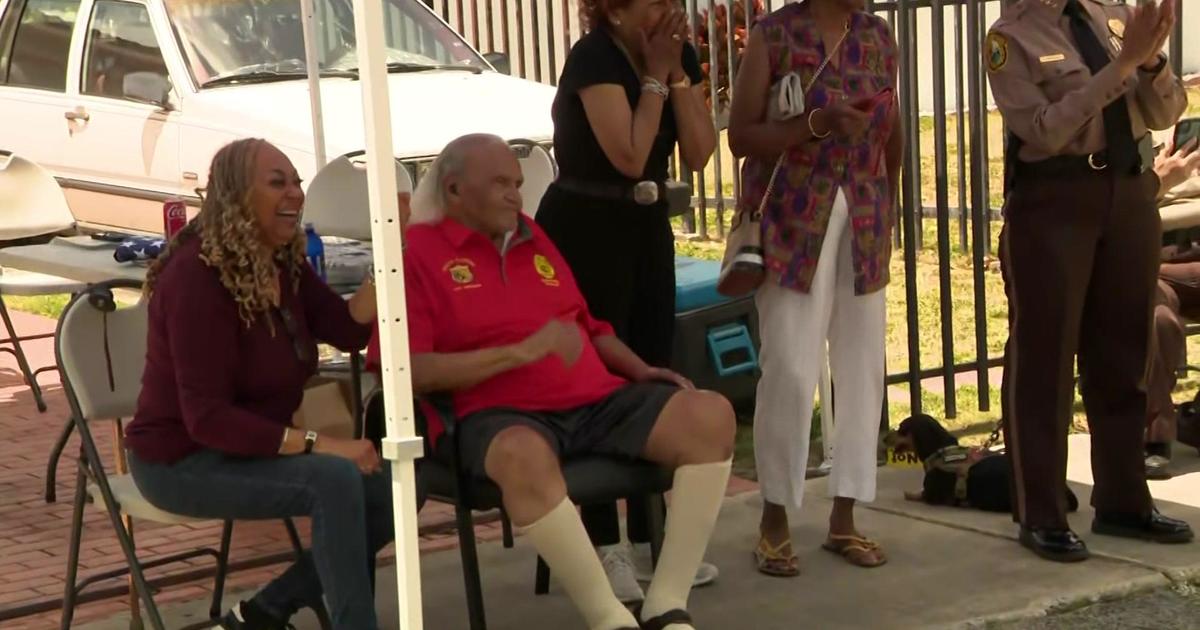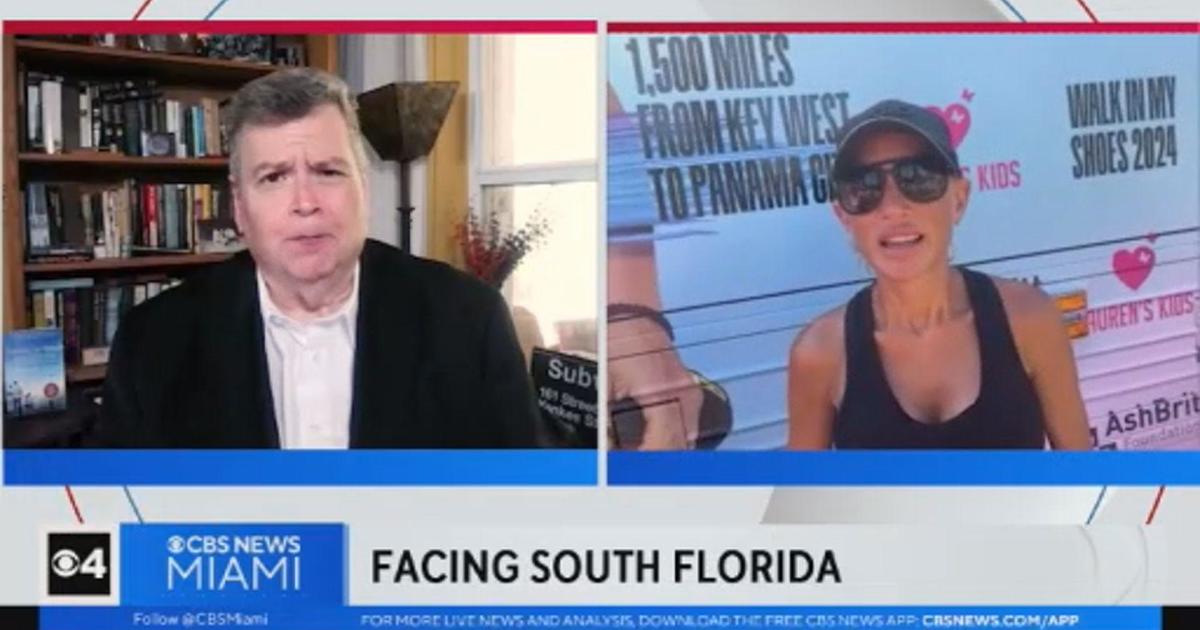Solar eclipse: If you live in Florida, here's what you need to know
MIAMI - The bad news is that Florida is not in the path of totality for the April 8 total solar eclipse. The good news is that Sunshine State residents will still be able to see a partial eclipse.
The upcoming total solar eclipse has been called the astronomy event of the decade because it will be the first to be seen in the United States since 2017.
If you live in Florida, here's what you need to know:
Where can I see it live?
Even though the path of totality does not include Florida, we will carry the entire event live on our stream. Click here to watch it.
Where is the best place to see it live?
If you live in the Sunshine State and are planning a road trip to check it out live, the path of totality stretches from Texas to Maine. In those states, residents will see the moon cover the sun completely. Click here to see the trajectory.
What time will it happen?
It will start in the Lonestar State at 1:27 p.m. CDT (2:27 PM EDT) and end in the Pine Tree State at 3:35 p.m. EDT.
During that time, the moon will completely cover the face of the sun for an entire 240 seconds or 4 minutes.
How much of the eclipse will we see in South Florida?
CBS News Miami's chief meteorologist Ivan Cabrera says South Florida will only see 46% obscuration. Central Florida will see between 50-55%.
Cabrera says, "The problem is if you are staring at the sun, your eyes start feeling uncomfortable. That's because your pupils are contracting, but they don't contract to the point where they shut out the light, which is why you need protective glasses. You can get retinal damage from just staring at the sun for a few minutes, so be careful."
"Enjoy the view... and even though we're only getting 46%, we'll take it."
Safety first
NASA says when watching the partial phases of the solar eclipse, "You must look through safe solar viewing glasses or a safe handheld solar viewer at all times."
When is the next one?
If you miss it this year, you will have to wait two decades until Aug. 23, 2044, for your next chance to see a total solar eclipse from the US.
The last total solar eclipse visible from the US was dubbed the Great American Eclipse and took place in 2017. Before that, the last time one visible from the US was in 1979.
When will I be able to see a total solar eclipse from Florida?
In Florida, we will have to wait until 2045 to see a total eclipse from our state. The path of totality for a total solar eclipse then is projected to go from California to Florida.



